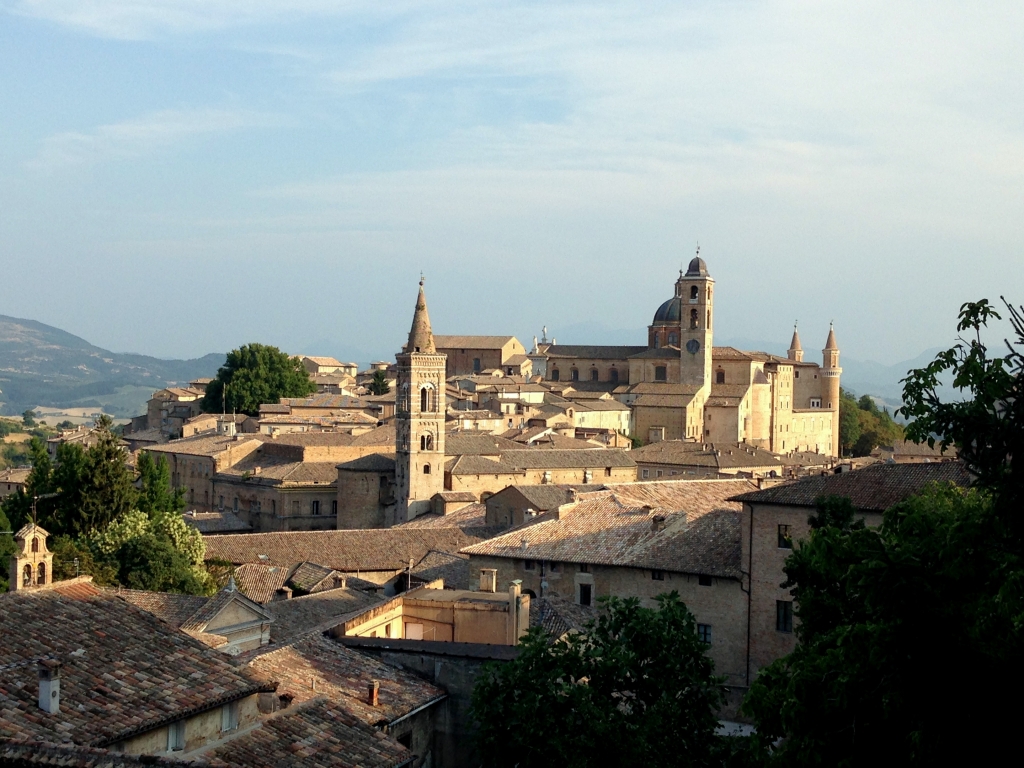Report Urbino Summer School (ENG)
A crash course paleoclimatology in three weeks: that is what 14 NESSC PhD students set out for on their trip to Urbino, Italy. The unusual temperatures of 35 degrees Celsius – or more – put the lectures in an even more urgent context: what do we know about climate history, and what does paleoclimate mean for our understanding of our current climate?
The yearly Urbino Summer School in Paleoclimatology (USSP), partly sponsored by NESSC, was this year held for the 12th time. More than 70 PhD students and over 25 top scientists from all over the world attended the summer school. From NESSC, four lecturers were present.

The first part of the course was comprised of lectures explaining the toolbox of paleoclimatology. The focus was on proxy’s: a measurable thing, such as microorganism fossils in sediments or oxygen isotope ratios in ice cores, used to indicate a non-measurable parameter, like temperature. Many subtopics of paleoclimatology were discussed, including paleoceanography (the geological history of oceans) and cyclostratigraphy (indicating climate cycles in sediments).
The summer school focused on integrating proxy data with climate models – two research fields that are often separated.
On Sunday July 19th, the participants went on a field trip to Gubbio, to see the Cretaceous–Paleogene boundary (K–Pg). They collected data on different locations and analyzed them in the following days, after a couple of lectures on working with the statistical analysis program R.
During the last week of the Summer School, several case studies were discussed – specific examples to apply the knowledge learnt in the previous days.
One of the Summer School highlights was the one day Cioppino conference, where lecturers presented their recent results and discussed their newest insights.
Besides the excursion, PhD-students provided input by presenting their research on posters. Also, during the lectures and outside there was a lot of interaction between students and lecturers. Or as NESSC PhD student Tijn Berends summarized his Summer School experience: ‘Just remember, the Earth System is a really complex thing, and it is best looked at from the Bosom Bar!’

